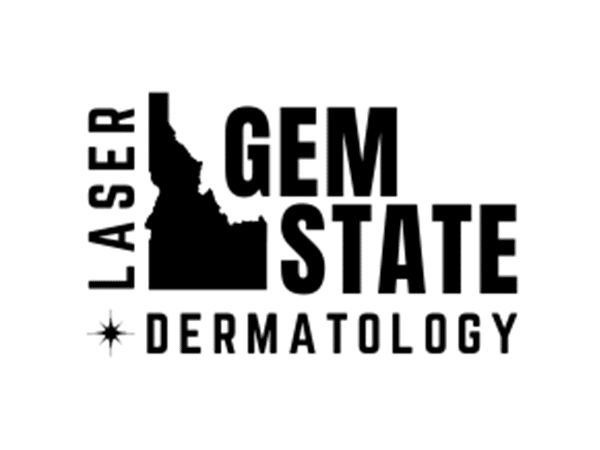
Phototherapy
PHASES OF TREATMENT: The first phase of treatment is called the “clearing phase.” The dose of light will be very low at first. The dose will increase a small amount each visit until the skin has a significantly successful response. This does not necessarily mean it will be completely clear. Once this stage has been reached, the “maintenance phase” begins. During this phase, the dose of light remains the same for each visit and the frequency of visits is tapered. Abruptly stopping treatment can have a rebound effect and the disorder may recur more rapidly. The dose of light must be decreased if you miss appointments to avoid burning.
NARROW BAND: This is a form of UVB that consists of a very narrow selection of light rays (those measuring 311-313 nanometers). Patients on narrow band phototherapy will usually be treated 3 times a week initially (the clearing phase) and then be placed on maintenance therapy as indicated. Response to narrow band phototherapy is often quicker than standard UVB and does not require the testing and medication that goes with PUVA.
PHOTOTHERAPY INSTRUCTIONS
Ultraviolet light can be very beneficial for several skin diseases. However, it has the potential to cause eye damage and provoke premature skin aging, wrinkling and skin cancer. If you elect to have light therapy you are accepting these risks in an effort to improve your skin condition. The following precautions will prevent or decrease the chance of adverse effects. Some practical information is also included to make your course of therapy as successful as possible.
SKIN & EYE PROTECTION: Always use a good sunscreen (broad spectrum UVA/UVB with an SPF of 30 or higher) or protective clothing/paper drapes for the face, ears, neck, lips and back of the hands when receiving your treatment and when in natural sunlight, unless your disorder involves these areas. Men should protect the genital area and women should drape or use sunscreen on the nipples and areolar areas of the breasts. All patients MUST wear the protective goggles that are provided when receiving ultraviolet treatment. Keep eyes closed as much as possible. Changes in moles, development of new moles or non-healing scabs should be reported to the staff for evaluation. If you are taking any medications by mouth, please inform a staff member. Some medications can possibly cause reactions with ultraviolet light. If you have any questions or problems concerning this condition, please do not hesitate to contact our office.
We're Here Whenever You Need Us
Phone
Fax
(208) 424-5072
Open Hours
Mon - Fri: 7:30AM - 5:00PM
Address
Boise, ID 83706

